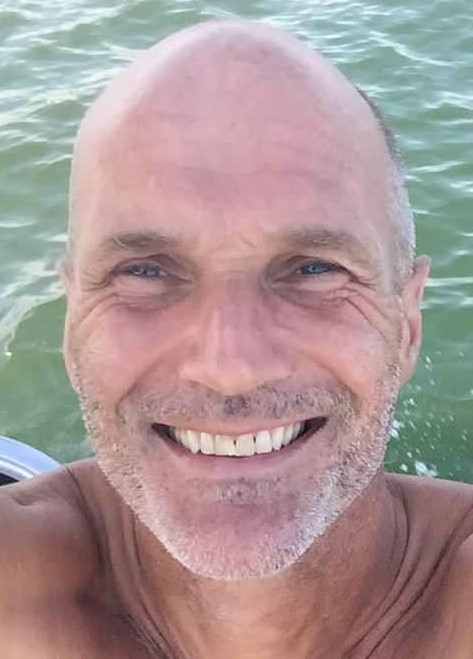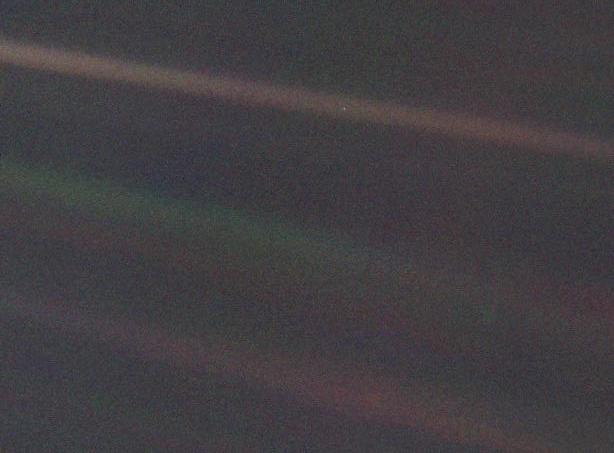Podcast: Play in new window | Download
Subscribe: Apple Podcasts | Spotify | Email | RSS | More

In today’s episode, we feature an interview about research on Jupiter’s atmosphere.
Candice Limper speaks with Yury Aglyamov, a graduate student in the Cornell Department of Astronomy. He discusses his analysis of data from the NASA Juno spacecraft that reveal lightning flashes in the atmosphere of the planet Jupiter. Aglyamov is an author on a paper recently published in Nature, “Small Lightning Flashes From Shallow Electrical Storms on Jupiter”. https://www.nature.com/articles/s41586-020-2532-1


Later in the show, Esther Racoosin speaks with Spencer Hill. He is a 3rd grade teacher at Cayuga Heights Elementary in the Ithaca City School District.
After schools closed in mid-March of this year due to COVID-19, Hill and his colleagues, Kim Snow and Emily Graber, decided to continue to instruct their students to practice simple design and build projects.
Hill applied for a Red and Gold grant from the Ithaca Public Education Initiative to provide funding for the supplies for the projects. In this episode, he speaks about what it was like to instruct the kids to do these projects at home with their families instead of with their peers at school. To learn more about the Ithaca Public Education Initiatives, and their teacher grants, go to https://www.ipei.org/
Producer: Esther Racoosin
Interview of Yuri Aglyamov: Candice Limper
Music: Joe Lewis; Blue Dot Sessions
